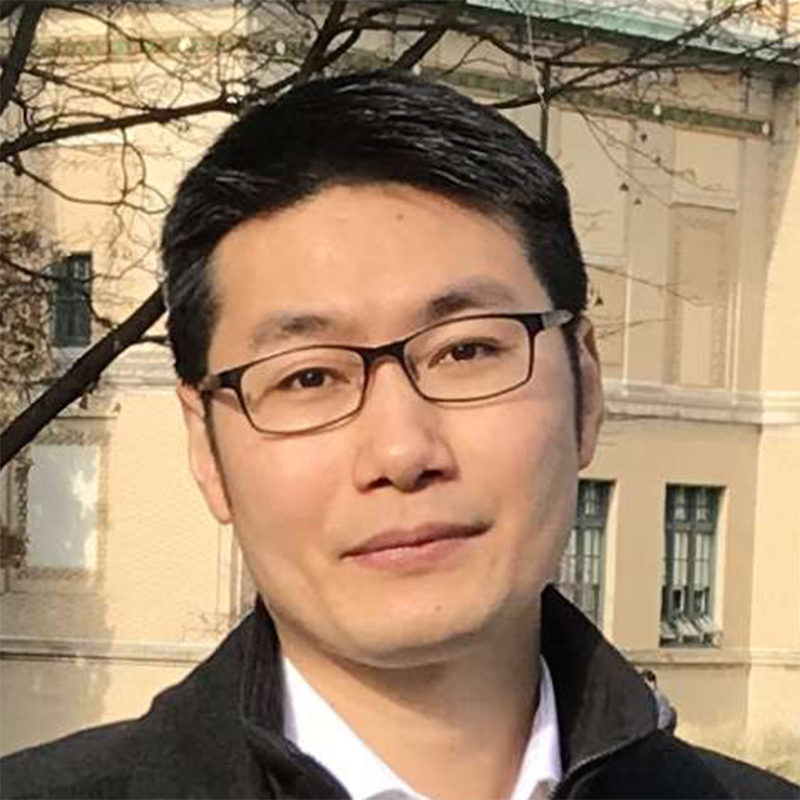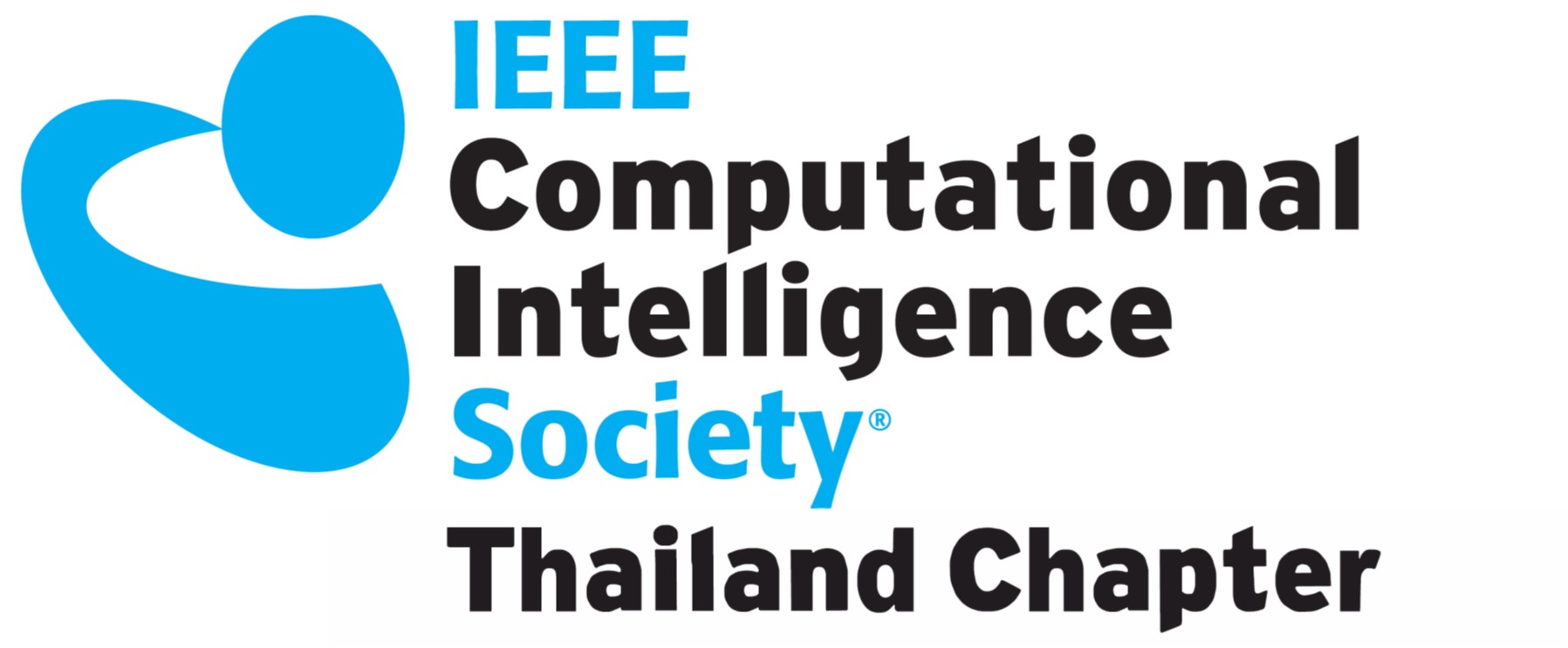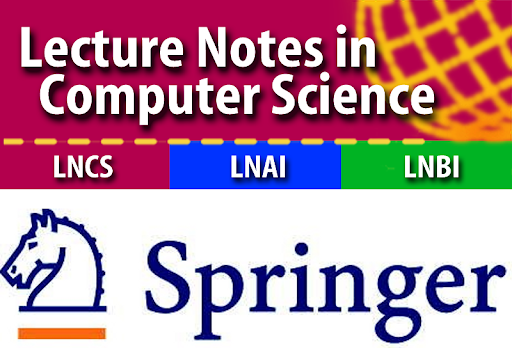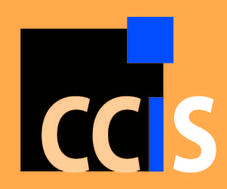Due to the 2nd and 3rd wave of COVID-19 globally and the fact that Thailand has not approved any travel bubble agreements yet, ICONIP2020 will be a fully online conference. More details will follow soon, including revised registration fees to reflect the nature of the revised format.
Close
November 18 - November 22, 2020
Online Bangkok, Thailand
The 27th International Conference on Neural Information Processing (ICONIP2020) aims to provide a leading international forum for researchers, scientists, and industry professionals who are working in neuroscience, neural networks, deep learning, and related fields to share their new ideas, progresses and achievements.
ICONIP2020 will be held online instead of physically in Bangkok, Thailand, during November 18 - November 22, 2020. We would still be collocating with the online events of CSBio2020 and DLAI4.
ICONIP2020 will be held in Bangkok, Thailand, during November 18 - November 22, 2020 and will be collocated with several events, including ACML, iSAI-NLP, AIoT, CSBio, and DLAI4.
| Type | APNNS Members | APNNS Non-Members |
|---|---|---|
| Authors | 200 USD (additional paper 100 USD each) |
250 USD (additional paper 125 USD each) |
| LNCS: up to 2 extra pages with additional page charge of 100 USD per page | ||
| CCIS: max of one extra page with additional charge of 200 USD | ||
| Listeners | 50 USD (General) 0 USD (Student) |
100 USD (General) 15 USD (Student) |
ICONIP2020 will deliver keynote speeches, invited talks, full paper presentations, posters, tutorials, workshops, social events, etc. Topics covered include but are not limited to:
Workshop/Special Session Proposal Deadline: May 1, 2020
Tutorial Proposal Deadline: May 1, 2020
Notification of Workshop/Special Session/Tutorial Proposal: May 8, 2020
Paper Submission Deadline: June 1, 2020 June 28, 2020
Paper Notification Date: August 31, 2020
Paper Camera Ready Deadline: September 15, 2020
Date of Conference: November 18-22, 2020
Once you are ready to submit it, please upload 3 files to the CMT system:
Once you are ready to submit it, please upload 3 files to the CMT system:
(2) 13th International Workshop on Artificial Intelligence and Cybersecurity (AICS 2020)
Dr. Kitsuchart Pasupa, (kitsuchart@it.kmitl.ac.th )
Prof. Kaizhu Huang, Xi' Jiaotong-Liverpool University
Abstract: The 13th International Workshop on Artificial Intelligence and Cybersecurity (AICS 2020) was previously the International Data Mining and Cybersecurity Workshop (DMC) which has been held for ten consecutive years. The purpose of AICS is to raise the awareness of cybersecurity, promote the potential of industrial applications, and give young researchers exposure to the key issues related to the topic and to ongoing works in this area. AICS 2020 will provide a forum for researchers, security experts, engineers, and students to present latest research, share ideas, and discuss future directions in the fields of data mining, artificial intelligence, and cybersecurity.
Website: http://www.csmining.org/
(3) Healthcare Analytics-Improving Healthcare outcomes using Big Data Analytics
Dr. Imran Razzak, School of Information Technology, Deakin University
Geelong, Australia, imran.razzak@deakin.edu.au
Dr. Peter Eklund, School of Information Technology, Deakin University, Australia
Dr. Ibrahim A Hameed, Norwegian University of Science and Technology, Norway
Abstract: The field of health informatics has revolutionized the face of health care in the past decade. The increasingly aging population, prevalence of chronic diseases and rising costs has brought about some unique healthcare challenges to our global society. Informatics based solutions have not only changed the way in which information is collected and stored but also played a crucial role in the management and delivery of healthcare. Intelligent and automated data processing has never been more important than it is today. In recent years, intelligent systems have emerged as a promising tool for solving problems in various healthcare related domains. With the advent of various swift data acquisition systems and recent developments in the health care information technology, huge amounts of data have been amassed in different forms. One of the key challenges in this domain is to build intelligent systems for effectively modelling, organizing and interpreting the available healthcare data. Healthcare service providers are increasingly acknowledging the strategic importance of data analytics. However, the challenge becomes how to take Big Data and translate it into information that can be used by healthcare professionals for decision making to improve healthcare outcomes and improve the quality of care.
(4) The Synergy of Software Engineering Automation and Machine Learning (SSEA-ML)
Dr. Sajid Anwar, Center for Excellence in Information Technology, Institute of Management Sciences, Peshawar, Pakistan, sajid.anwar@imsciences.edu.pk
Dr. Abdul Rauf, RISE-Research Institute of Sweden in Vasteras, Sweden
Dr. Imran Razzak, School of Information Technology, Deakin University, Australia
Abstract: The contemporary economies and their GDP’s are heavily reliant on the up-to-date computer-based systems both in terms of operations to manufacture a product as well as in forming it as a viable commodity. The rapid growth in the technological development paradigms has led to numerous challenges to software development engineers, ranging from micro technological challenges to human-machine communication in industry 4.0. Emergence of Machine Learning (ML) as the epic center of computational research in last decade has helped researchers to come up with optimal solutions. With the emergence of industry 4.0, the application of ML has now widened to all phases of system development life cycle from requirements to maintenance and from planning to continuous improvement. This widening of scope for ML has led to extended and improved development and application of intelligent tools for automatic extraction of information from different documents, identification of functional and non-functional requirements, and test suites etc. With the swift progressions in ML and artificial intelligence, use of ML-based techniques and methodologies for software engineering are introduced and further optimized for greater efficiency in software engineers, processes and the product. From requirements to test cases, and from architecture to documentation, the ML artifacts and tools are now being employed.
(5) Advanced Machine Learning Approaches in Cognitive Computing
Dr. Jonathan H. Chan, jonathan@sit.kmutt.ac.th, Computer Science at the School of Information Technology, King Mongkut's University of Technology Thonburi
Dr. Phayung Meesad , phayung.m@it.kmutnb.ac.th,
Dr. Kuntpong Woraratpanya, kuntpong@it.kmitl.ac.th,
Prof. Yoshimitsu Kuroki, kuroki@kurume-nct.ac.jp.
Abstract: Cognitive technology has far-reaching applications in multiple sectors and is transforming global business today. Cognitive computing applications can be used in finance and investment firms to analyze the market in specific ways for their clients and make valuable suggestions. In healthcare and veterinary medicine, physicians can use cognitive computing tools to interact with past patient records and a database of medical information to aid and guide treatment. Cognitive computing applications in the travel industry could aggregate available travel information including flight and resort prices and availability, and combine that with user preference, budget, etc., to help deliver a streamlined, customized travel experience that could save consumers time, money, or both. In the health and wellness domain, data collected from wearable devices like a FitBit or Apple Watch can help personal trainers and individuals get suggestions for how to change their diet or exercise program, or even how to manage their sleep and stress-reducing routines. It is undeniable that one of the key successes of modern applications comes from cognitive computing; therefore, this special issue focuses on the recent and high-quality works in a research domain to promote key advances in cognitive computing technology, covering all theoretical and practical aspects from basic research to development of applications, and providing overviews of the state-of-the-art in emerging domains.
(6) Randomization-Based Deep and Shallow Learning Algorithms
Prof. Ponnuthurai Nagaratnam Suganthan, EPNSugan@ntu.edu.sg, Nanyang Technology University
Dr. M. Tanveer, mtanveer@iiti.ac.in, Indian Institute of Technology
Abstract: Randomization-based learning algorithms have received considerable attention from academics, researchers, and domain workers because randomization-based neural networks can be trained by non-iterative approaches possessing closed-form solutions. Those methods are in general computationally faster than iterative solutions and less sensitive to parameter settings. Even though randomization-based non-iterative methods have attracted much attention in recent years, their deep structures have not been sufficiently developed nor benchmarked. This special session aims to bridge this gap. The first target of this special session is to present the recent advances of randomization- based learning methods. Randomization based neural networks usually offer non-iterative closed form solutions. Secondly, the focus is on promoting the concepts of non-iterative optimization with respect to counterparts, such as gradient-based methods and derivative-free iterative optimization techniques. Besides the dissemination of the latest research results on randomization-based and/or non-iterative algorithms, it is also expected that this special session will cover some practical applications, present some new ideas and identify directions for future studies. Selected papers will be invited to Applied Soft Computing Journal Special Issue.
(7) Graph Neural Networks for Cognition and Development
Dr. Xu Yang, xu.yang@ia.ac.cn, Institute of Automation, Chinese Academy of Sciences
Dr. Shen-Lan Liu liusl@dlut.edu.cn
Prof. Zhi-Yong Liu, zhiyong.liu@ia.ac.cn
Abstract: Cognitive ability and developmental function have widely been considered to be highly related to essence of intelligence. The structural data, containing both the attributions and relations, are of particular importance for cognition and development research, such as the structured features or structured knowledge. Graph provides a natural way to represent and analyze structures in these data, and the graph neural networks (GNNs), as the deep learning models on graphs, have demonstrated superior performances in different types of structural data processing tasks, which are attributed to the powerful structural representation and inference ability of GNNs. Among these tasks, this special session focuses on the GNNs based methods and applications to cognition and development tasks of autonomous systems. As many new types of GNNs and typical applications are currently emerging to cater for the needs of processing and understanding of structural data in cognition and development research. The objective of the special session is thus to provide an opportunity for researchers and engineers from both academia and industry to publish their latest and original results on underlying theory, models, optimization algorithms, and applications of GNNs for cognition and development.
(8) NIPBIS2020: First International Workshop on Neural Information Processing for Big Data and IoT in Smart Cities
Prof. Loo Chu Kiong, University of Malaya, Malaysia, ckloo.um@um.edu.my
Prof. Gwanggil Jeon, Incheon National University, South Korea, gjeon@inu.ac.kr
Prof. Marco Anisetti, University of Milan, Italy, marco.anisetti@unimi.it
Abstract: Smart cities are urban area that uses different types of electronic Internet of Things (IoT) sensors to collect data and then use insights gained from that data to manage assets, resources and services efficiently. Smart cities can enhance quality of life and knowledge in contemporary society stands for the next wave of Civilization. The main techniques promoting to the accomplishment of smart connected cities contain big data, IoT, mobility, smart computing, cyber physical social system, artificial intelligence, data science, machine learning, and cognitive computing. Neural information processing such as artificial intelligence and machine learning integrated with IoT has the ability to answer key challenges presented by an excessive urban population which contains renewable energy, energy crises, transportation, healthcare and finance issues, and disaster management. It can improve the lives of the citizens and businesses that inhabit a smart city.
(9) Uncertainty Estimation: Theories and Applications
Prof. Saeid Nahavandi, Deakin University, saeid.nahavandi@deakin.edu.au
A/Prof. Abbas Khosravi, Deakin University, abbas.khosravi@deakin.edu.au
Prof. Amir F Atiya, Cairo University, Egypt, amir@alumni.caltech.edu
Abstract: How confident is a neural network model about its prediction? How much can one trust predictions of neural networks for new samples? How can one develop neural networks that know when they do not know? Answering these questions is a prerequisite for widespread deployment of neural networks in safety-critical applications. The field of uncertainty quantification of neural networks has received huge attention in recent years from both academia and industry. Several methods and frameworks have been proposed in the literature to generate predictive uncertainty estimates using neural networks. There are currently theoretical gaps and practical issues with proposed frameworks for uncertainty estimation using neural networks. Also, the research on the application of predictive uncertainty estimates for developing uncertainty-aware systems is still rare.
(1) Workshop of Cross-Model Learning for Visual Question Answering
Dr. Zhou Zhao, Zhejiang University, China zhaozhou@zju.edu.cn
Dr. Zhou Yu, Hangzhou Dianzi University, China
Abstract: Visual Question Answering (VQA) is a recent hot topic in multimedia analysis, computer vision, natural language processing, and even a broad perspective of artificial intelligence, which has attracted a large amount of interest from the deep learning, computer vision, and natural language processing communities. Given an image (or a video clip) and a question in natural language, VQA requires grounding textural concepts to visual elements so as to infer the correct answer. The challenge lies in that, in most cases, it requires reasoning over the connecting between visual content and languages as well as the external knowledge. Towards general applications, besides the understanding of visual content, potential abilities of VQA largely come from the leveraging of different kinds of data (e.g., visual, audio, and text etc.) across multiple sources (e.g., social-media sites, surveillance videos, and Wikipedia etc.) for knowledge discovering and QA reasoning, which is recognized as cross-modal analysis in multimedia scope. From the above background, this workshop focuses on new theory and algorithms for visual question answering via cross-media analysis, as well as their applications in practice of human-computer interaction, multimedia search, visual description for blinded, incident report for surveillance, seeing chat bot, or even robotic intelligence.






















